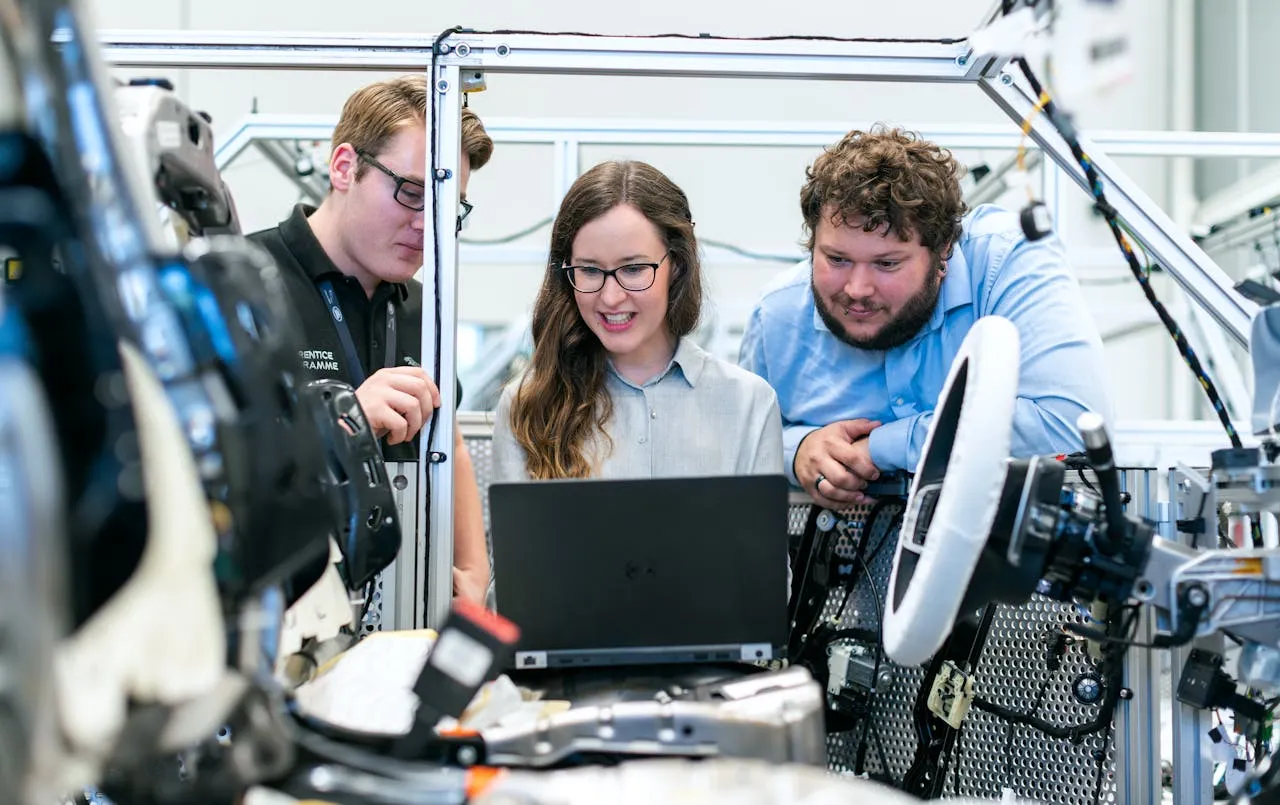
Boosting Factory Productivity Through Skilled Talent and Smart Technology
In an era where advanced technologies like artificial intelligence, robotics, and automation are redefining the future of manufacturing, a quiet revolution is taking place on factory floors—one that places human talent at the center of transformation. Research from the World Economic Forum (WEF) and McKinsey & Company shows that businesses investing in frontline talent are achieving a critical competitive edge in manufacturing performance, productivity, and innovation.
This insight is the foundation of the Frontline Talent of the Future initiative, a joint effort launched by the WEF and McKinsey to showcase how empowering frontline teams can fuel long-term business growth. Among the standout participants in the program is Unilever, a global consumer goods giant that has embedded talent transformation as a core pillar of its manufacturing strategy.
Unilever’s Commitment to Frontline Talent
Four of Unilever’s factories—located in Pouso Alegre, Brazil; Kilbourn, United States; Tianjin, China; and Poznań, Poland—were selected to participate in the WEF and McKinsey initiative. These sites are known for producing key products under Unilever’s Power Brands, including Knorr and Hellmann’s. The factories represent diverse geographic regions and operational challenges, offering a broad perspective on how frontline-focused initiatives can deliver value across varied contexts.
Over a four-year period from 2020 to 2024, pilot programs conducted across these sites and nine other Unilever factories demonstrated impressive outcomes. Factories that prioritized investment in talent development saw, on average, a 28% improvement in both productivity and operational health and safety indicators.
These results underscore a vital message: while digital tools and automation offer efficiencies, it is the human element—the skills, engagement, and innovation of frontline workers—that ultimately drives sustainable success.
Creating a Culture That Supports Talent Innovation
Unilever’s approach to frontline transformation goes beyond basic workforce training or process improvement. At the heart of its strategy is a commitment to nurturing a culture of autonomy, adaptability, and shared purpose.
“At Unilever, we believe that when you take care of people, they take care of the business,” says Richard Sharp, Chief Human Resources Officer for Unilever’s Supply Chain. “We are seeing a positive impact from the investment we are making in our colleagues in factories. It’s about recognizing their potential and giving them the tools to lead, innovate, and solve problems on the ground.”
Jennifer Han, Unilever’s Chief Product Supply Officer for Foods, echoes this sentiment. She highlights the flexibility Unilever has granted to site managers and HR teams to design and implement solutions that best suit their unique local circumstances.
“We’ve empowered our factory leaders and HR partners to adapt their talent strategies in real-time,” says Han. “For example, the team in Kilbourn focused on revitalizing performance after a period of stagnation, while in Tianjin, the focus was on equipping employees to manage rapid growth and digital transformation. Each factory had the autonomy to innovate based on local dynamics.”

Real Results on the Factory Floor
The outcomes of these initiatives were not just anecdotal—they were measurable. Between 2020 and 2024, three out of four participating Unilever factories achieved a 27% average improvement in productivity metrics. Waste-reduction efforts delivered even greater gains, with a 41% average improvement across the sites.
One of the most notable improvements came in the area of Overall Equipment Effectiveness (OEE)—a key industry benchmark for manufacturing productivity. On average, the factories saw an 11% increase in OEE scores. This metric reflects how effectively a manufacturing operation is utilized, taking into account equipment availability, performance, and quality.
Higher OEE means better asset utilization and fewer production bottlenecks. This not only boosts output and product quality but also contributes to cost savings, energy efficiency, and enhanced competitiveness in the global marketplace.
All four of the Unilever factories featured in the Frontline Talent of the Future initiative reported improvements in OEE, indicating that investing in people delivers returns not just in soft skills but in hard operational metrics.
Aligning Human and Digital Transformation
While Unilever continues to adopt cutting-edge technologies in its manufacturing operations—including AI-driven quality control, automated guided vehicles, and real-time data analytics—it views talent development as a complementary force rather than a competing one.
“Digital transformation and human transformation must go hand in hand,” says Sharp. “Technology alone doesn’t solve problems. It’s the people using that technology who create value, innovate, and ensure that operations remain resilient and responsive.”
This approach is especially important in a manufacturing landscape where agility is increasingly essential. From managing supply chain disruptions to responding to fluctuating consumer demand, factories must be ready to adapt—and that readiness comes from the people on the frontline.
A Model for the Industry
Unilever’s work through the WEF and McKinsey initiative serves as a compelling model for other manufacturers. By treating frontline teams not as cost centers but as strategic assets, businesses can unlock new levels of operational performance.
The initiative also highlights the broader role that workforce empowerment plays in shaping the future of industry. In a world where many companies are racing to digitize and automate, Unilever has demonstrated that sustainable success lies in a balanced approach—one that invests in both machines and minds.
Looking ahead, Unilever plans to continue scaling these initiatives across its global network of more than 250 factories. The goal is not only to improve performance at individual sites but to build a unified culture of continuous improvement, innovation, and people-centric leadership across the organization.






